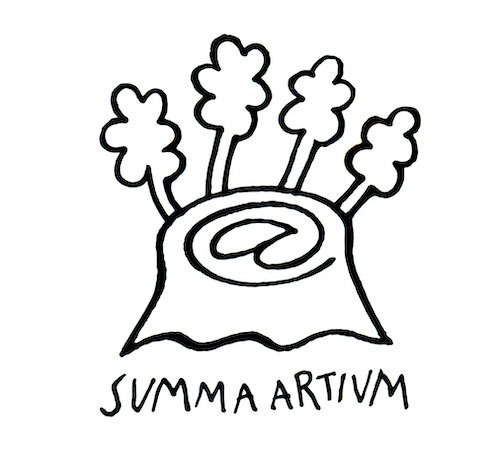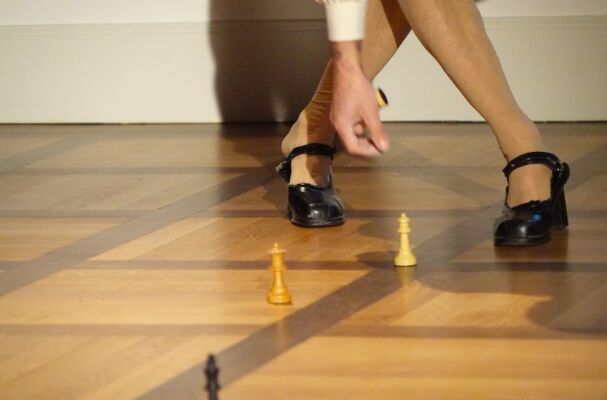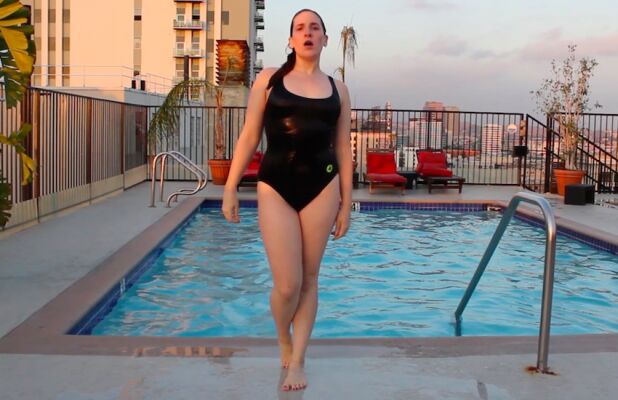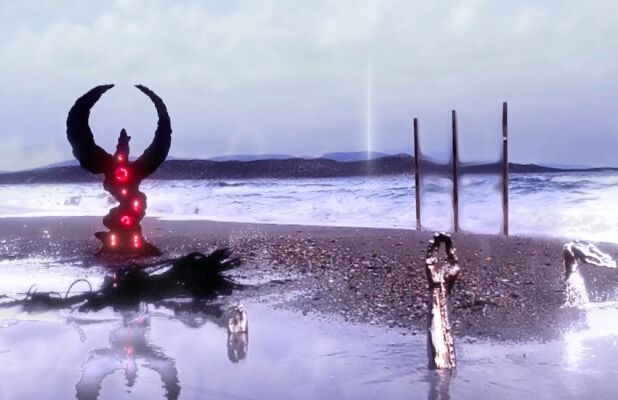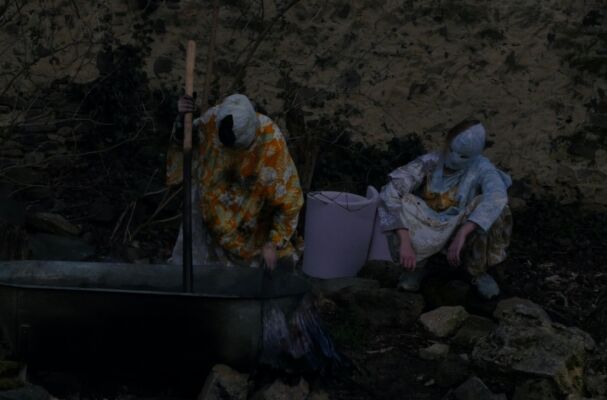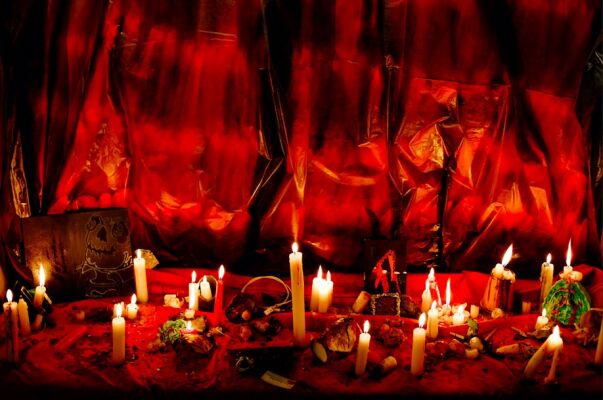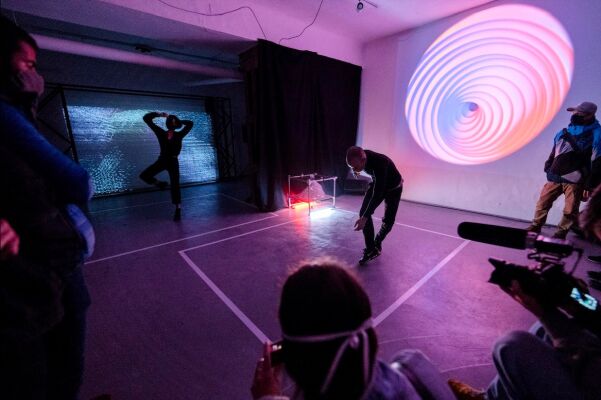Gold und Liebe VI. – MŰTŐ
A conversation with Zsófia Kókai, Flóra Pálhegyi and Veronika Romhány
MŰTŐ is an artist-run independent platform and art collective. Presenting diverse programs since 2016, it works on expanding the boundaries of art, focusing on emerging Hungarian and international artists. MŰTŐ’s community is built through critical curatorial approach and democratic structure based on DIY culture. Having been part of this community as a member of the team and still working together on the Alterum artist-run network, we’ve talked with Zsófia Kókai, Flóra Pálhegyi and Veronika Romhány about the present and future of MŰTŐ, shifting structures and expanding horizons.
Zsófia Kókai (1991) is engaged in building and researching artist-run and non-profit projects. In her curatorial work she focuses on her generation, usually with the active involvement of the artists, and also on the growing precarity and on the perception and interpretation of social and personal dilemmas. She is currently the coordinator and co-curator of the Visegrad funded Alterum – Artist-run network in the CEE region project. Beside art-related activities she is also involved in music-related projects such as the MMN music blog and the Lahmacun community radio.
Flóra Pálhegyi is a designer and artist from Budapest. She is the founder of Double Chin Corp. micro-publisher, and one of the organizers of the Ukmukfukk fanzine festival. Her centre of interest is merging personal-anecdotal qualities with collective experiences. In her work, interactions come to life at the conjuncture of private and public functions as identifying practices, but identity is not used as a political position, but rather as a tool for experiencing intimacy. Her recurring themes are the tragedy of the social constructions enmeshing womanhood, the possibilities in the banality of everyday life and the creation of subjective history. Besides her solo projects, she considers collaborative and interaction-based projects just as important.
Veronika Romhány (1987) is a visual artist with multidisciplinary interest, currently living in Brussels, Belgium. As a long-term practice based artistic research she frames her collaborative works as Nimova Projeckt since 2015. Through these collaborative practices she focuses on experimental narrative forms in 3D animation - with a definite need to examine the relation between the human and its software tools as a reciprocal creative practice. In most cases, these projects portray a paradoxical situation in virtual, laboratory environments, using techniques such as monitoring, analysis, observation, or pseudo-experiments to examine human behavior - while being digitally recorded.
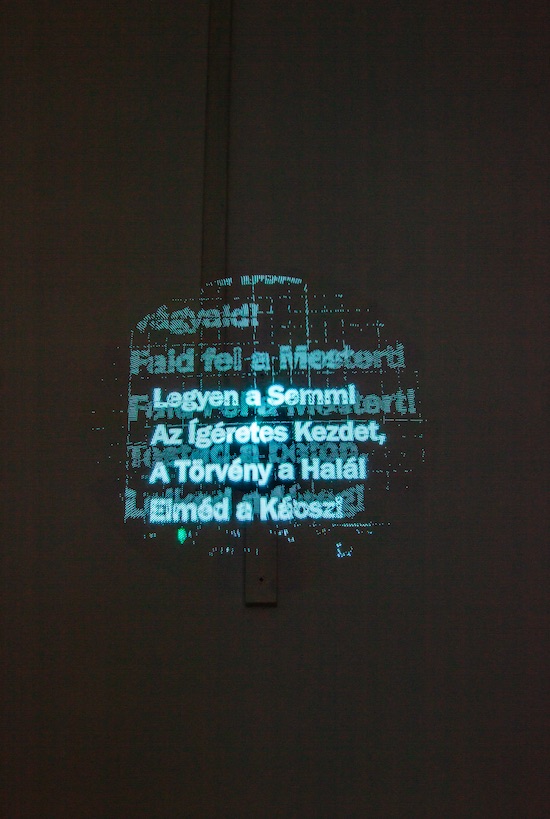
Ráhel Anna Molnár: What does MŰTŐ mean today? You’re operating in your second space since the foundation of the gallery but the members of the collective are also changing from time to time. MŰTŐ (as an entity) naturally follows these changes. In the past almost one year many of the small cultural initiatives switched to digital program – you didn’t. How does this kind of half-hybernated state support you?
Zsófia Kókai: Until February, 2020 we had our program running, then we had to stop. I personally didn’t even feel the need of any kind of online substitution. There was a break and we could process the whole situation at least at some level. This also mirrored the attitude of the collective in a more sincere way. We’ve been doing this for four years now and many of us are in a period when we have to also personally rethink everything. It came parallel to the lockdown, but I have a feeling that it would have happened anyhow. I think most of us feel the same way. Obviously, we all miss our joint projects and events but our own activities got a different focus compared to a few years back.
Flóra Pálhegyi: These changes on the personal level and lack of any sort of online transplantation of MŰTŐ also bring about a totally new dynamic inside the collective. We got time to talk to each other and share our experiences. There was no opportunity for that while we were constantly producing exhibitions. It was more about quick problem solving and practical tasks. All of this changed drastically now. The frequency of our meetings didn’t change, but the themes and the atmosphere did. It helped me a lot to get closed to the community but also to the aims and the operation of MŰTŐ.
Zs. K.: It has always been a problem to decide if MŰTŐ was a collective or an artist-run space. The truth is, it’s both. I joined this very early, the crew and the focus was different, but the idea of community has always been there. Back then it was crucial to concentrate on our program but now it has gained bigger importance to think together as a collective. We are also working a joint exhibition at the moment.
Veronika Romhány: My situation is quite ambiguous, as in the absence of (even just online) activities it is difficult to integrate, to remain integrated from abroad. As Flora talked about it, the style of the meetings has changed due to the current limitations, and now there is a much greater emphasis on talking about current events to get closer, which is important for deepening friendships, but more difficult for me to connect to them as remaining online, especially now, as there are no shared experiences or points when it comes to events ... I would say that during these meetings I feel more my own distance, which is the downside of online meetings. When it comes to something practical, like content development, video, plans, etc., it's just simply easier to connect. This distance can be inspiring too but for me, this total online presence is controversial.
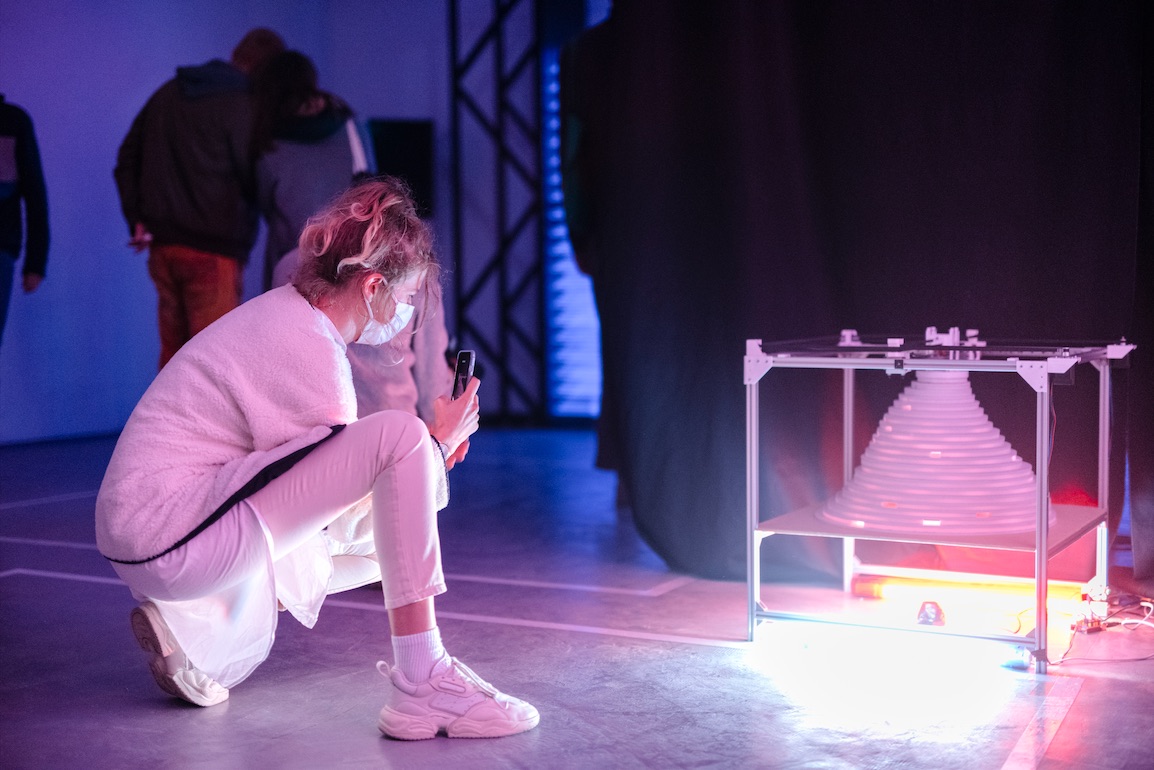
You planned to establish a kind of extension of MŰTŐ in Brussels. At the moment, this too is hybernated but I assume it’s still on the table. What was the original idea?
V. R.: I had a chance to move to a flat with a small atelier-like space attached, so with plenty of possibilities for the future - just a few months before the pandemic started. My original idea was to connect, if not otherwise, but through organizing several smaller, event-like collaborations there, and invite Brussels based and Hungarian artists (including musicians) to collaborate - not limited to MŰTŐ, but from the whole Budapest environment - thus creating a symbolic or formal, collaborative bridge between the two cities. Then this beautiful dream was washed away by the pause in the cultural sector and other economic factors, but the idea itself is still alive and I would love to realize it somehow in the future.
F. P.: Not only it’d be important to have a space for MŰTŐ through Vera in Brussels but we also need to have a physical space here, that makes these cooperations possible. We’re also thinking about how to re-create MŰTŐ in a new space.
We were also talking about finding a physical space that would support the initiation of new activities parallel to the gallery program – ones that would perhaps also help the financial maintenance of MŰTŐ.
Zs. K.: The location search is here again. We have a space now, that we rent together with the 1111 Gallery, they actually invited us to share the space with them when we were forced to move out from Heinrich Udvar. Now also their program is getting bigger and that’s part of the reasons - among those we mentioned before - why we are searching for a new space. And this is good, the more similar initiatives are around, the better. We went through the municipal estates of the 8th district – looking for alternatives where it would be possible to establish an office, workshop or community space as well. Meanwhile, it turned out that this rental scheme was much more expensive than we expected, but in the meantime, a new civilian strategy has been developed that includes a discounted long-term rental option. We’re looking at the details of the application process now. How could we create a financial background without local possibilities of support, leaning on a very precarious artistic community? Who we can address to support us in what we do? All of these questions emerged now.
R. V.: In my opinion, the re-thinking aspect determines everything now, on the personal level and collectively as well. Personal meetings, in real life, gained more importance in the comparison to online communication and this includes the ongoing search for a new space too. I guess everybody has a desire to ground things now, and stabilize, to be able to re-build on it.
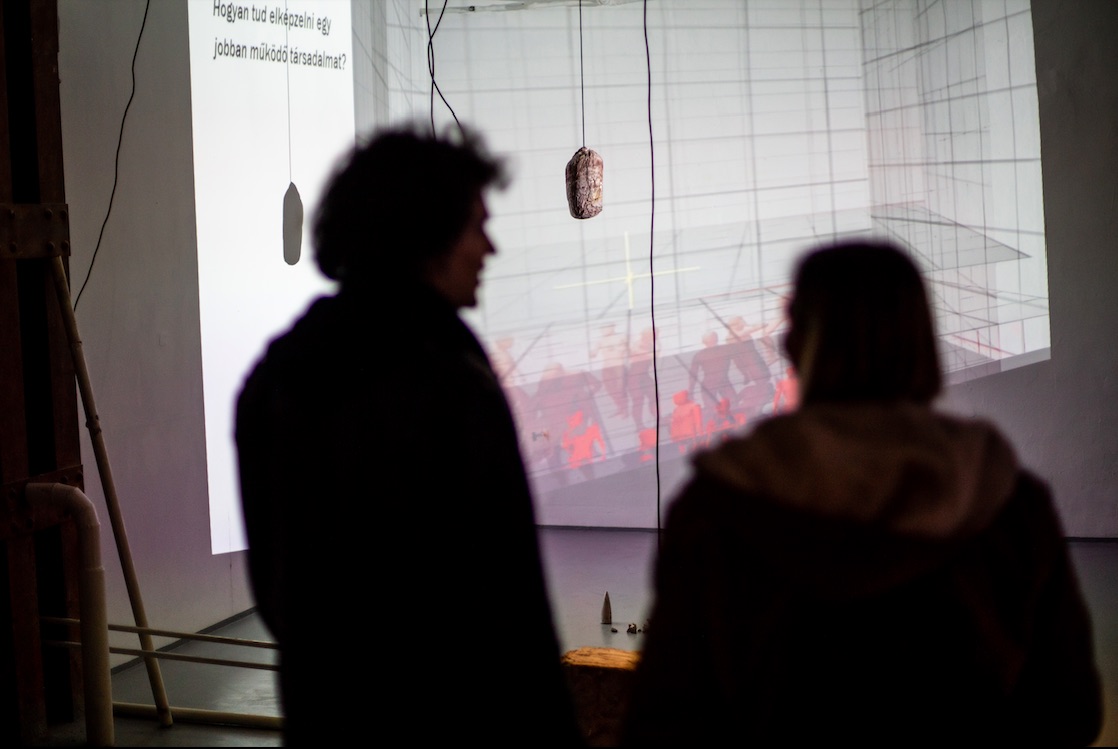
I think it’s a global need at the moment. We’re talked about being an artist-run space and a collective at the same time, but I’d further broaden this perspective. It’s just an example but you/we organised many events together with (international) musical projects. Last summer we organised a party on the rooftop of aqb project space under a solid concept, it included eg. screenings as well. I rather see MŰTŐ as an umbrella initiative. The collective is built up from the members’ individual ideas and career, but as an organisation it has similar structure. There’s the gallery program but there’s time now to think about what other activities it can include.
P. F.: You see this perfectly, after all, you were also part of it. I think we have to think about what it would be like if we don’t find our own space until a certain time. If that will be the scenario, who are the people and the initiatives that MŰTŐ as an entity can work with?
Zs. K.: This question occurred already, though we didn’t talk about it as a collective. Temporarily we could also continue our practice without a fix space, even with a different focus. We’ve been preparing a performance festival for a long time now, and we’re already thinking about what other space could host it parallel to MŰTŐ. Of course now, we all hope for our own space. We like to belong to a place of our own to which our wider community can also connect.
The first location of MŰTŐ in Heinrich there was also a possibility to organise concerts and other events. In a way the idea of community was easier to represent in that space. I think most of us missed that aspect after we had to move.
V. R.: Yes, but it’s also a natural process, I think. The MŰTŐ started to grow; we initiated an international open call, we got involved in other international projects. So it was quite organic that from its community-based seed, it turned to a more professional method of working. Now again, with the new space, perhaps we change our methods as well. I assume all the originally planned exhibitions would take shape in the new space.
Zs. K.: I don’t know if all the projects from our 2020 open-call will actually be organised or there will be some of them simply vanish, as perhaps the certain artists are in a completely different story already. It was really good for us to try a more professional gallery model but we probably won’t continue with that one, but we’ll build another structure.
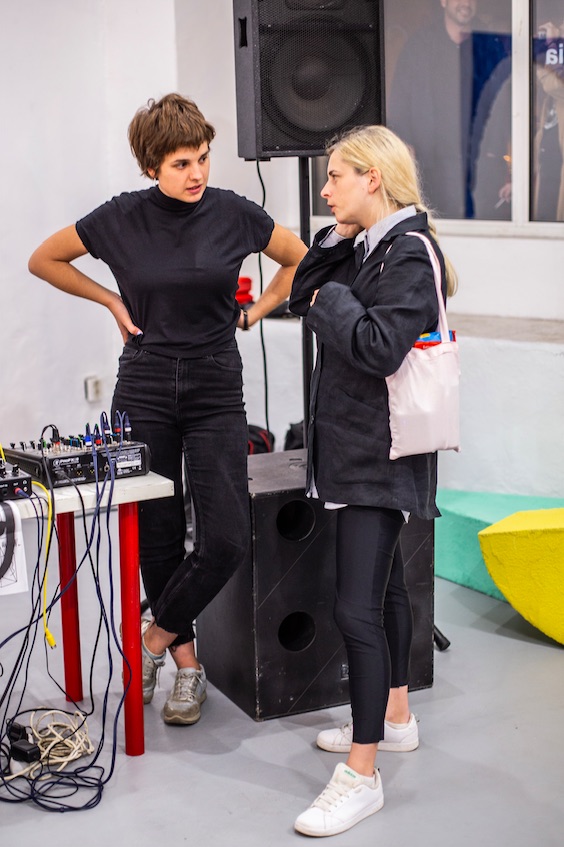
The international focus of the program started to get more solid by the beginning of 2019, at the time when I joined you as well. Now that it’s been a year with stagnant international mobility, I wonder how those connections can be nurtured from a distance – how we can grab them again when we’ll be able to move.
Zs. K.: The Alterum project gave me a lot even in this situation. I learn a lot about these localities and organisational models but also about communication. These connections don’t dissolve just like that.
We did an exchange exhibition with Lateral Artspace from Cluj Napoca in 2019. Last year our member Nóra Teplán exhibited with Mihaela Hudrea at MATCA artspace. These are very important when we talk about collaboration. Our connections continue and grow, we think about certain people when we organise future projects. It’s not a one time thing. Probably there won’t be travelling (to Hungary) for a while longer, but we’ll start to organise alternatives.
F. P.: This scene is built upon cooperation. Also because the distribution of capital is totally different and is based on experiences and relationships.
Zs. K.: I think the good thing about MŰTŐ is that there are no compulsions in it. It retains, waits or releases individual changes in motivation or participation.
V. R.: It’s a voluntary group, everyone who participates is willing to be in it - this is an important plus. Although, a bit of a corporate atmosphere appeared at a certain point, but it was necessary as we had to be super productive to respect the deadlines. We had implemented so many projects that we had to structure, so it was unavoidable to adapt new methods.
F. P.: I don't even know if this period could have been done differently. These schemes did not emerge by accident in the corporate sector either. This obviously starts with the commitment. If you take on a lot, you have to be more structured and with that, unfortunately, comes a distance.
Yes, and you don’t have to, but you need to reflect on these. I felt like there was no time for reflection, and it became depressing, even though structuring was normal. Still, there was a lot to talk about, but there was no time for that.
K. Zs.: With the open call, we also took a step towards this, but there is also a need from the outside, which caused this situation. We have seen how much demand there is to have a place where young artists can exhibit projects. We responded to this by organizing ourselves differently and moving in a more professional, gallery-like direction. In the meantime, though, we’ve really given and would give space to ideas that others might not.
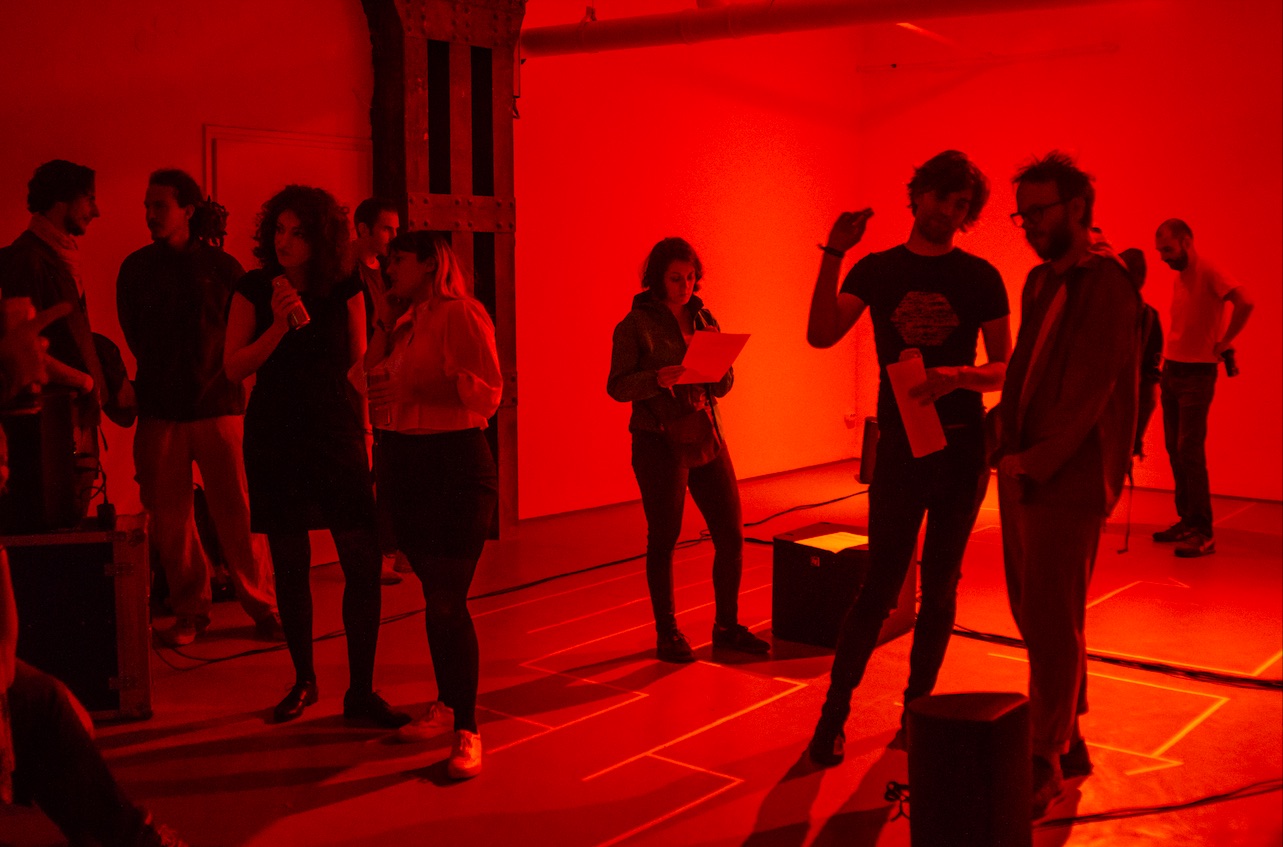
This article was created with the support of Summa Artium.
